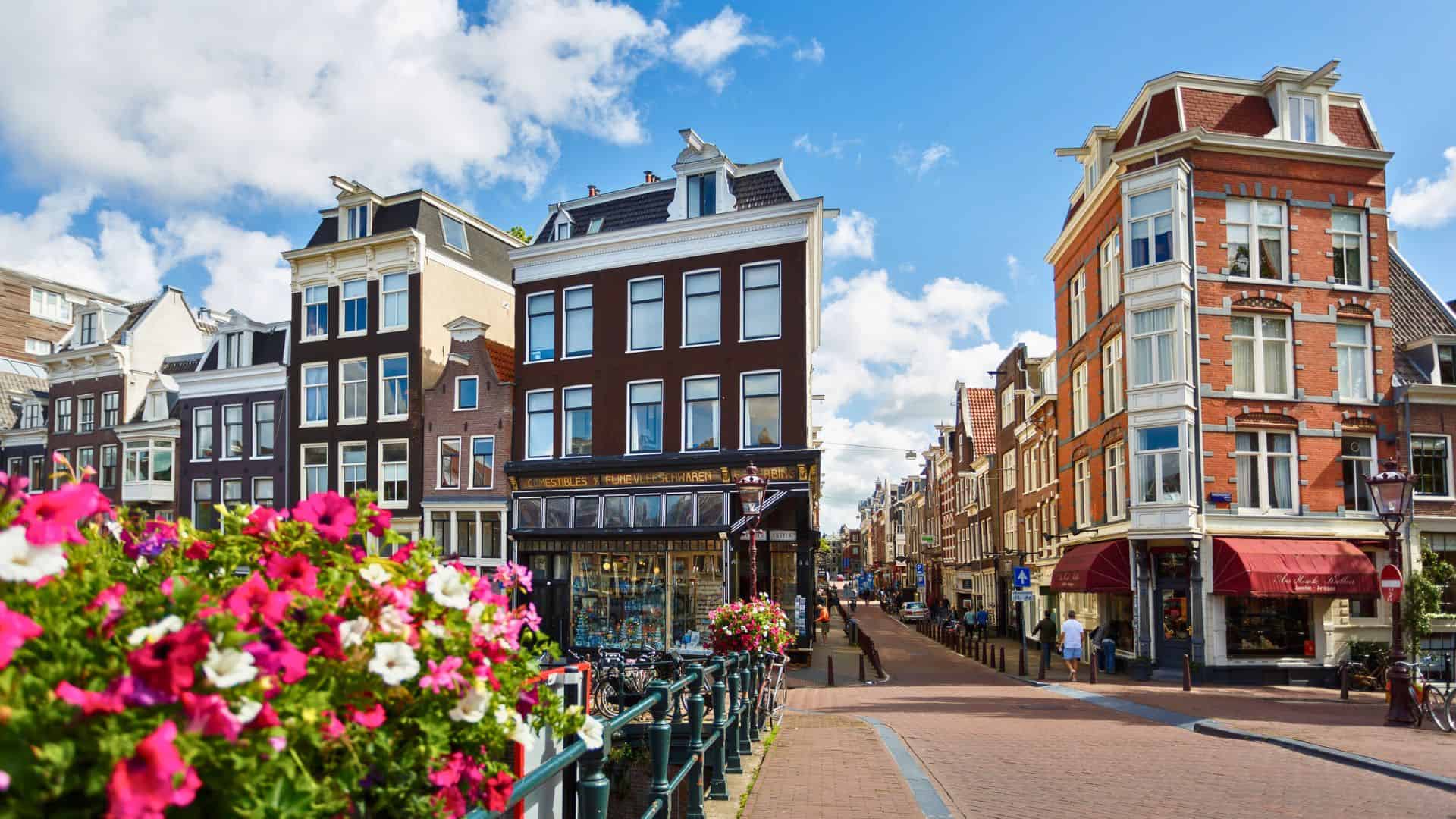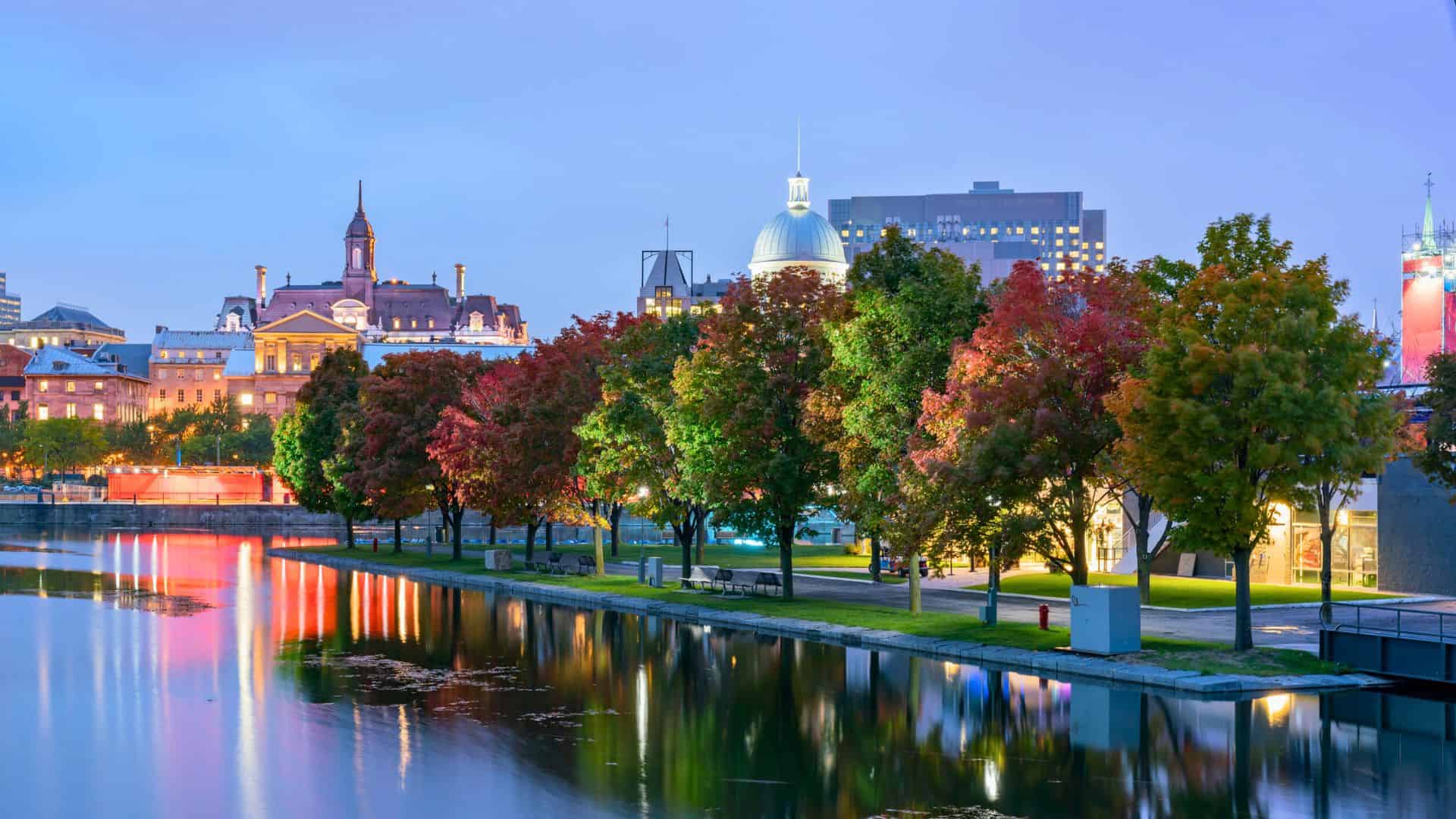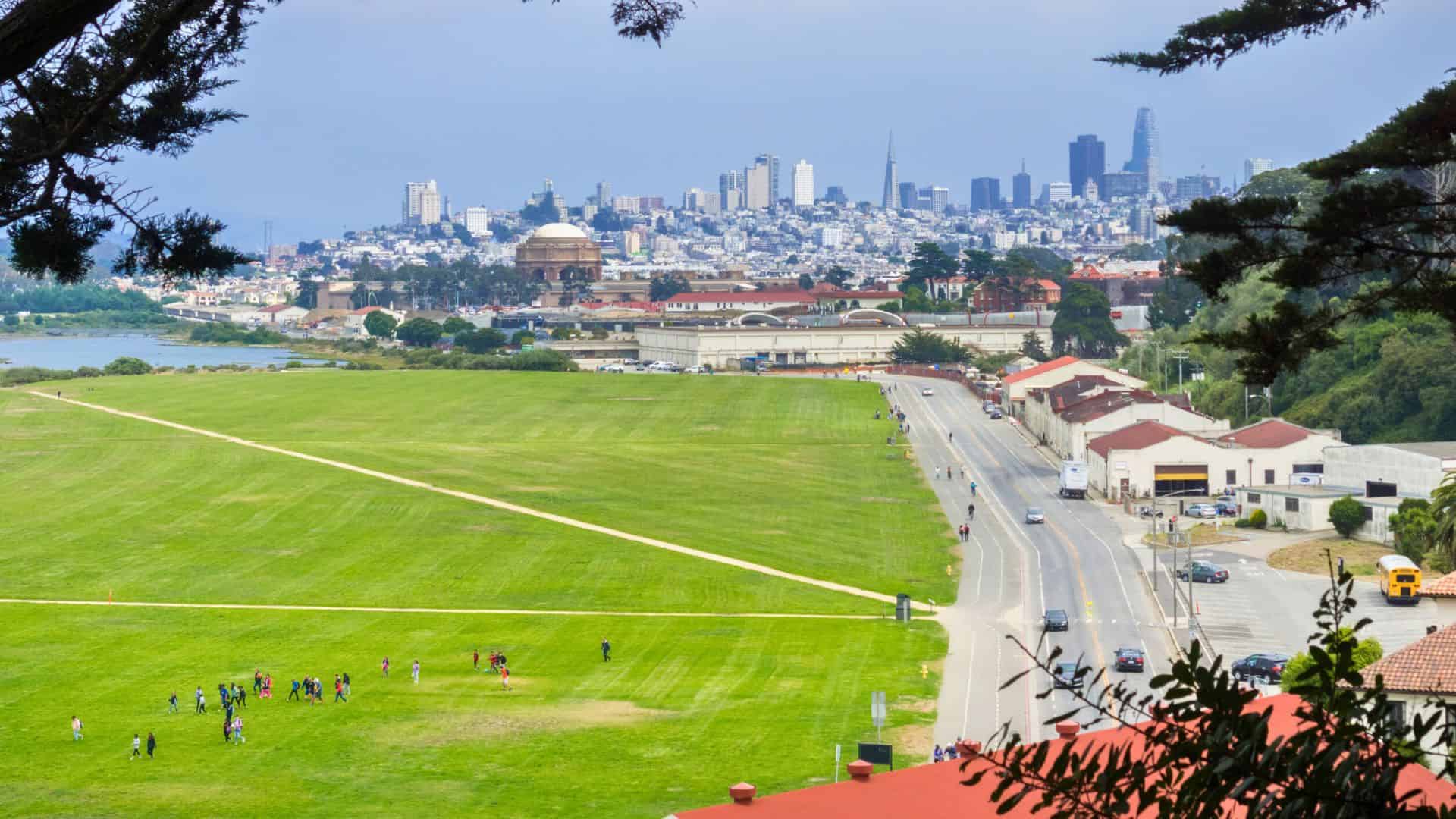Owning a car can feel like babysitting a very expensive, gas-guzzling toddler. It constantly needs attention, eats up your money, and throws a fit when you least expect it. Between parking tickets, oil changes, and rush-hour traffic, it’s enough to make anyone dream of a simpler setup. The good news? There are 10 cities where you can live car-free!
In these cities, life moves at a human pace. You walk out your door and the world’s already waiting: coffee shops, parks, trains, and friends all within reach. No dashboard tantrums, no circling the block for parking, just freedom that fits in your shoes or on two wheels. It’s not about giving something up; it’s about trading the stress of driving for the ease of connection. Turns out, going car-free might be the smartest upgrade you never bought.

Tokyo, Japan

In this sprawling metropolis, precision and efficiency define transportation. Trains and subways run with unmatched punctuality, linking neighborhoods, suburbs, and nearby cities seamlessly. Stations are hubs of activity, surrounded by shops, restaurants, and services, allowing residents to meet daily needs without long commutes. Streets are clean, safe, and walkable, with convenience stores and small eateries on nearly every block. Buses and taxis cover less accessible areas, while cycling has grown in popularity. With a culture that values organization and accessibility, moving through the city is smooth and predictable, making car ownership unnecessary for most residents.
New York City, USA

Life without a car in New York City is not just possible—it’s often the easiest way to move around. The extensive subway system connects all five boroughs, running day and night with frequent trains. Buses reach areas beyond subway lines, while ferries link waterfront neighborhoods. Walking is second nature here; nearly every street has shops, parks, and entertainment within short distances. Citi Bike stations dot the city, making cycling a fast alternative. With constant activity, reliable transit, and dense communities, residents can access work, culture, and recreation effortlessly without ever needing to own a vehicle.
Melbourne, Australia

Life flows easily without a car in this vibrant southern city. The tram network, the largest in the world, connects central and inner suburbs efficiently. Trains and buses extend coverage to outer areas, while Myki cards simplify transfers. Streets are lined with cafes, markets, and cultural venues, making walking a natural part of daily life. Dedicated bike paths and shared mobility options support eco-friendly travel. The city’s grid layout and frequent public transport schedules allow residents to move freely between work, study, and recreation. With expanding pedestrian zones, car-free living continues to grow in convenience and popularity.
Copenhagen, Denmark

Copenhagen is consistently ranked among the world’s most livable cities, largely due to its exceptional transport system. Cycling dominates daily life, supported by wide bike lanes, traffic signals for cyclists, and secure parking. The metro is modern, clean, and runs around the clock, connecting the airport, suburbs, and city center efficiently. Buses and regional trains complement the network, creating seamless travel across the region. Streets are safe and walkable, lined with local shops and cultural sites. Residents often combine biking and public transit, reflecting a lifestyle built on convenience, sustainability, and easy access to every part of the city.
Zurich, Switzerland

Efficiency and organization define daily travel here. Trams, buses, and trains operate with precision, connecting neighborhoods, suburbs, and nearby towns through a unified ticketing system. Streets are pedestrian-friendly, and cycling paths are well-marked, encouraging active movement. The city’s compact layout places shops, offices, and parks within short distances. Lake views, clean air, and reliable public services make commuting pleasant. Even during winter, transit remains punctual and accessible. Residents often combine walking, cycling, and public transport for daily routines, creating a lifestyle that balances convenience, sustainability, and comfort without relying on cars.
Want to save this?
Amsterdam, Netherlands

Amsterdam is globally recognized for its exceptional cycling culture and compact layout. Most residents travel by bike, supported by flat terrain, extensive bike lanes, and safe intersections. Trams and buses run frequently, connecting every neighborhood with precision. The city center is easy to navigate on foot, filled with shops, museums, and canalside cafes. Cars are often unnecessary due to limited parking and excellent public transit. Ferries cross the IJ River, linking northern districts quickly. With a strong emphasis on sustainability, Amsterdam’s infrastructure encourages movement through active and public transport, making car ownership more of a burden than a benefit.
Paris, France

Known for its dense neighborhoods and intricate street network, this city makes life without a car effortless. The metro system is one of the most extensive in the world, reaching nearly every corner with frequent service. Buses, trams, and commuter trains connect outer districts to the heart of the city. Walking is a daily pleasure, with historic architecture, markets, and parks around every corner. Bike-sharing stations are everywhere, encouraging eco-friendly travel. Recent urban projects have expanded pedestrian zones and reduced car traffic, making the streets calmer and cleaner. Everything from work to leisure is easily accessible on foot or by transit.
Hong Kong

Compact geography and vertical design make this city a model for car-free living. The MTR system is fast, punctual, and reaches nearly every district, while trams, buses, and ferries connect the rest. Octopus cards allow seamless transfers between transport modes. Streets are lively and easily walkable, lined with shops, markets, and restaurants. Escalators and pedestrian bridges link hilly areas, keeping foot travel comfortable even in dense zones. The city’s efficiency, safety, and convenience mean residents can handle errands, commutes, and recreation entirely through public transit and walking, rarely needing a private vehicle.
Montreal, Canada

Montreal’s design and infrastructure make it one of North America’s best cities for a car-free lifestyle. The metro system is clean, reliable, and connects major districts quickly. Buses complement train routes, extending access to residential areas. Downtown streets are pedestrian-friendly, filled with shops, parks, and entertainment venues. During winter, the Underground City allows residents to walk through miles of interconnected tunnels linking offices, malls, and transit stations. Cycling paths cover much of the island, and BIXI bikes are available seasonally. The city’s compact scale and efficient public transport make daily life convenient without needing to drive.
San Francisco, USA

San Francisco’s compact geography and strong public transit network make it ideal for car-free living. BART and Muni trains connect neighborhoods and nearby cities efficiently, while cable cars and buses reach steep hills and scenic districts. The city’s layout encourages walking, with cafes, markets, and landmarks close together. Cycling is common, supported by dedicated bike lanes and bike-share programs. Many residents rely on Clipper cards to move seamlessly between systems. Despite the hills, the city’s charm, accessibility, and transit coverage create an environment where daily errands, commutes, and leisure activities are easily managed without a car.
Go Places, Just Not in a Car

So maybe the dream isn’t a faster car; it’s not needing one at all. The cities that make car-free living easy aren’t just convenient; they’re built around people, not parking lots. You get your time back, your money back, and maybe even a little peace of mind. No more sitting in traffic wondering where your day went. Life feels lighter when your commute is a walk, a quick train ride, or a breezy bike trip.
When cities prioritize people over cars, they don’t just become easier to navigate; they become more alive, more human. Maybe the real luxury isn’t horsepower, but having the space and serenity to simply be where you are. In a world that’s always rushing, slowing down might just be the most radical move of all.




